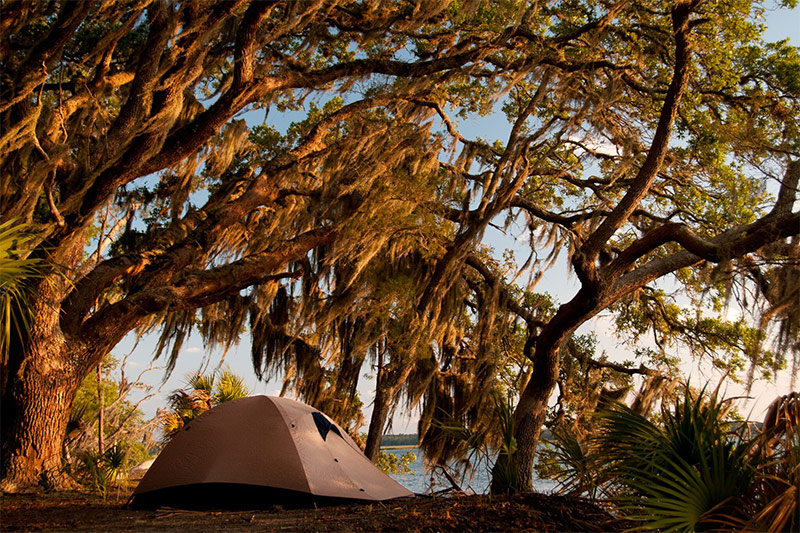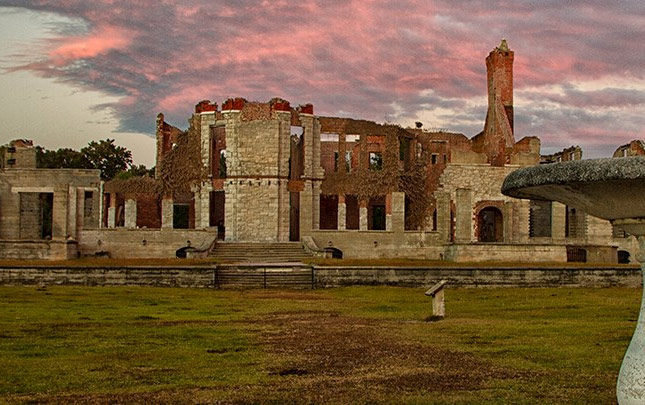A Congressionally Designated Wilderness Area
Over 9,800 acres of Cumberland Island National Seashore is a Congressionally designated Wilderness area, the highest level of federal land protection. Cumberland Island is the largest barrier island, over 36,000 acres, off the Georgia coast. In 1964, the United States Congress nearly unanimously passed the National Wilderness Preservation Act. Less than 5% of the United States is under this designation, with most of it in the western US. Today, the purpose of the Wilderness Act remains the same as it was in 1964.
To maintain:
- An area of undeveloped Federal land retaining its primeval character with the imprint of man’s work substantially unnoticeable
- Outstanding opportunities for solitude or a primitive and unconfined type of recreation
- Ecological, geological, or other features of scientific, educational, or historical value
“Cumberland Island…was designated as a national seashore to protect its outstanding natural, historical, cultural, and recreational values, and to provide a continuing source of outdoor recreation for the American public.”
—Ronald Reagan, Statement on Signing a Bill Concerning the Cumberland Island Wilderness Area in 1982



